Optimal Timing for Roofing Services
Understanding the optimal timing for roofing service can enhance the durability and effectiveness of repairs or installations. Weather conditions, temperature, and seasonal patterns significantly influence the quality of roofing work and the longevity of materials used.
Spring offers moderate temperatures and longer daylight hours, making it ideal for roofing projects. Mild weather reduces the risk of delays caused by rain or extreme cold.
Summer provides warm weather and dry conditions, facilitating efficient installation. However, high temperatures can affect some roofing materials and work conditions.
Fall is suitable due to cooler temperatures and typically dry weather. It's often a preferred season for roofing before winter sets in.
Winter presents challenges such as snow, ice, and freezing temperatures that can hinder roofing work and compromise material integrity.

A roofing crew working under clear skies during spring.

A roofer applying materials in warm summer weather.

A technician inspecting a roof during autumn.
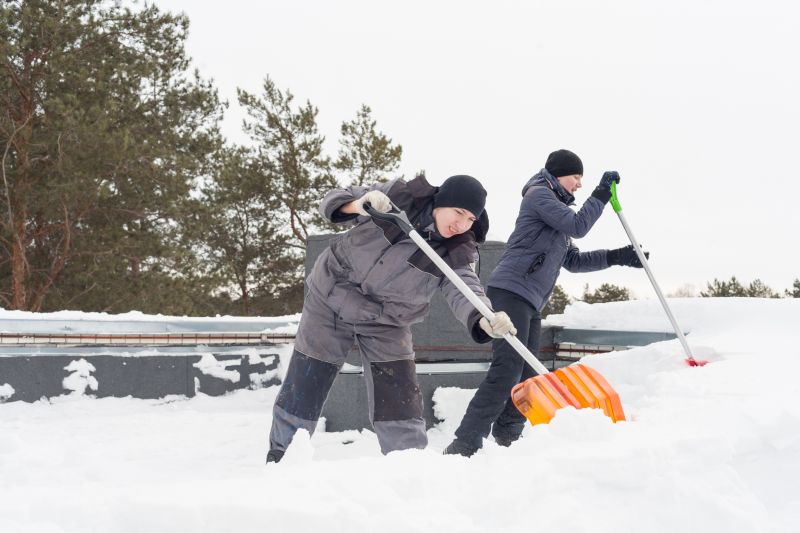
Snow-covered roof with workers in winter gear.

Inspecting a roof after winter's toll.

Repair work on a sunny day.

Preparing a roof for winter.
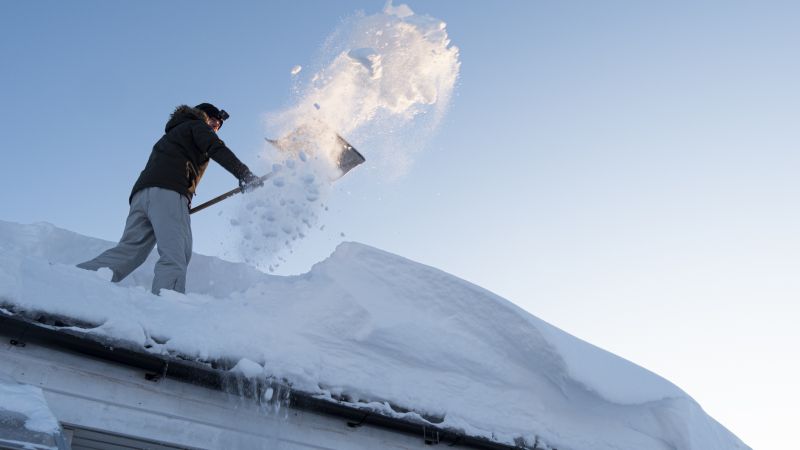
Maintenance work in cold conditions.

Team installing new roofing materials.
| Season | Optimal Conditions |
|---|---|
| Spring | Moderate temperatures, longer daylight, low precipitation |
| Summer | Warm, dry weather, longer work hours |
| Fall | Cooler temperatures, dry conditions, ideal for prep |
| Winter | Snow, ice, freezing temperatures, generally unsuitable |
Roofing services encompass a range of activities including installation, repairs, inspections, and maintenance. Proper timing ensures materials adhere correctly and work progresses smoothly. Seasonal considerations help prevent issues such as leaks, material damage, or delays. For example, asphalt shingles perform best in moderate temperatures, and extreme cold can make adhesives less effective. According to industry statistics, scheduling roofing projects during favorable weather can extend the lifespan of the roof and reduce the likelihood of costly repairs.
Choosing the right season for roofing services can also impact project costs and scheduling flexibility. Spring and fall often provide the best balance of weather conditions and availability of contractors. Proper planning based on seasonal patterns can lead to more efficient project completion and better long-term results.

A team installing roofing materials on a clear day.

Professional inspecting a roof after seasonal changes.

Repair work during warm weather conditions.
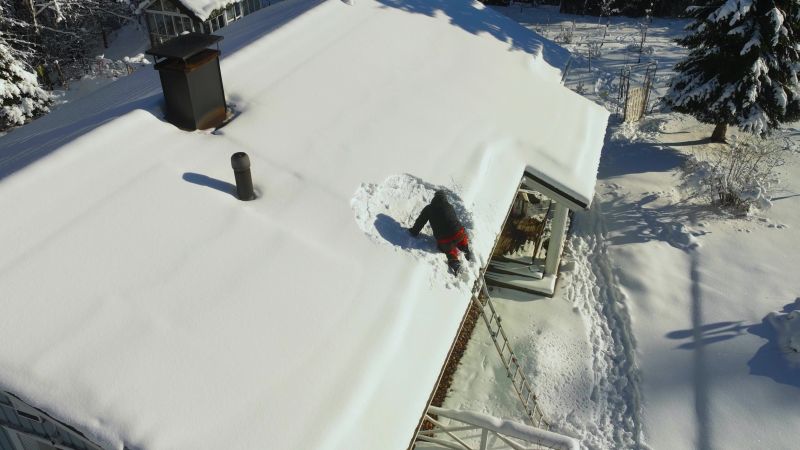
Maintenance work on a snow-covered roof.
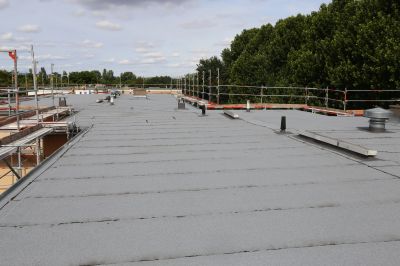
Ways to make Roofing Service work in tight or awkward layouts.
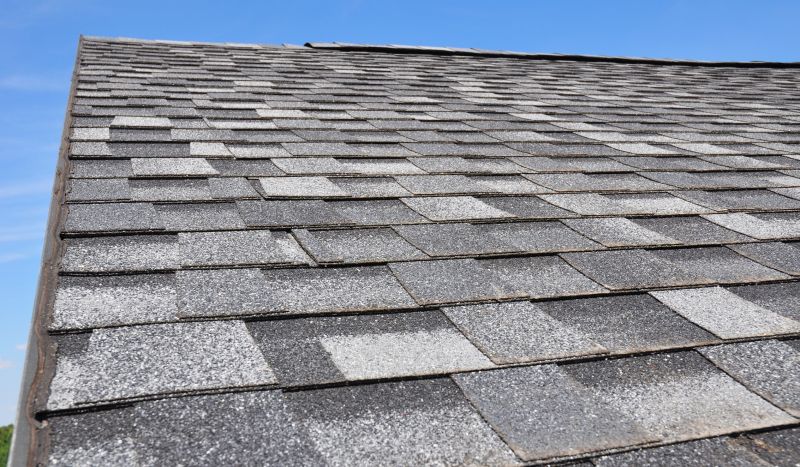
Popular materials for Roofing Service and why they hold up over time.
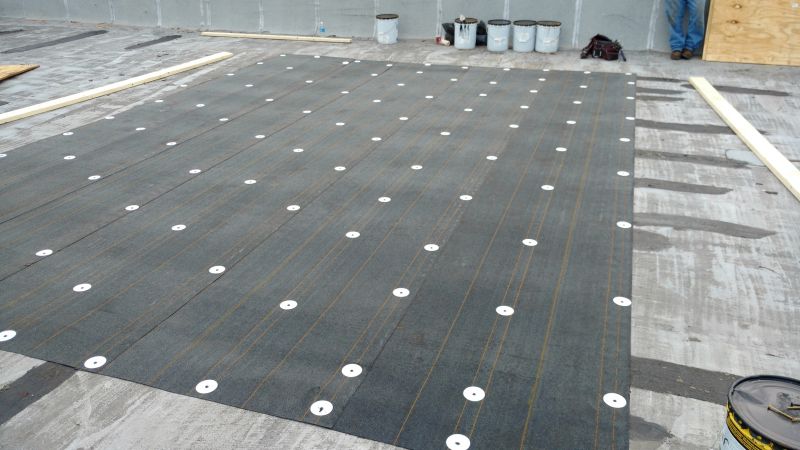
Simple add-ons that improve Roofing Service without blowing the budget.

High-end options that actually feel worth it for Roofing Service.
Interested in scheduling roofing services? Filling out the contact form can help determine the best timing based on local weather patterns and specific project needs. Proper timing ensures the longevity and performance of roofing systems, making it a crucial factor in project planning.
